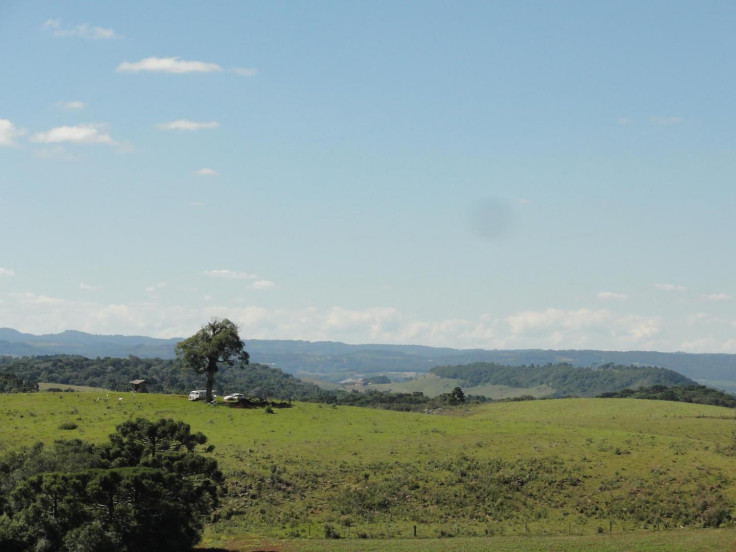Ancient Brazilians carried out home improvements on pit houses
Archaeological excavations suggest continuous human presence for more than two centuries.

In the southern Brazilian highlands, large pit houses from the end of the 14<sup>th century were continuously occupied for generations, archaeologists have found. The so-called "proto-Jê pit house villages" in the south of Brazil, have fascinated them for years as they are important evidence of the social organisation and daily habits of the ancient populations that lived there.
People living in the southern Brazilian highlands after 1000 AD started building monumental pit houses, as well as smaller ones for domestic purposes. Previous studies in the ancient villages had hypothesised that the pit houses had gone through cycles of long-term abandonment and reoccupation.
However, the authors of the latest research - published in Plos One - say this assumption is based on an insufficient number of radiocarbon dates for individual pit houses.
Sifting through the remains of the ancient houses, the archaeologists established that families inhabited one of the structures continuously for more than 200 years from the end of the 14th century.
This was made possible by the fact the ancient communities kept improving their homes with extensions and construction works.
Constant occupation
The researchers focused their study on 12 well-preserved floors – five of which were covered by completely burnt collapsed roofs – from an oversized pit house used between 1395 and 1650.
They carried out new tests using comprehensive radiocarbon dating and Bayesian modelling of the house. Their results suggest the structure was occupied until 1650, without interruption. The home was never abandoned, but constantly extended. The occupants built new floors on top of the old ones, showing a single family or group lived there for centuries. The researchers discovered that over the years, they used different types of ceramics and construction techniques to renovate and update their home.

"Our research shows the disparity in domestic architecture in the southern Brazilian highlands. We have highlighted that it is important to use radiocarbon dating on individual structures to understand how and for how long homes were occupied", says lead researcher Jonas Gregorio de Souza.
Social organisation
Beyond the evolution of construction techniques, the archaeologists were able to learn more about how these southern proto-Jê groups lived. The different house sizes and degrees of renovation suggest there was a moderate degree of social inequality in these communities.
The sedentary nature of these ancient populations was also emphasised as the researchers discovered some inhabitants grew a range of plants, contradicting previous assumptions that they didn't stay in one place long enough to cultivate horticulture for the whole year.
"We now know more about the way these groups lived, and are able to challenge the view, dominant until relatively recently, that these were marginal cultures in the context of lowland South America", concluded Gregorio de Souza.
© Copyright IBTimes 2025. All rights reserved.






















